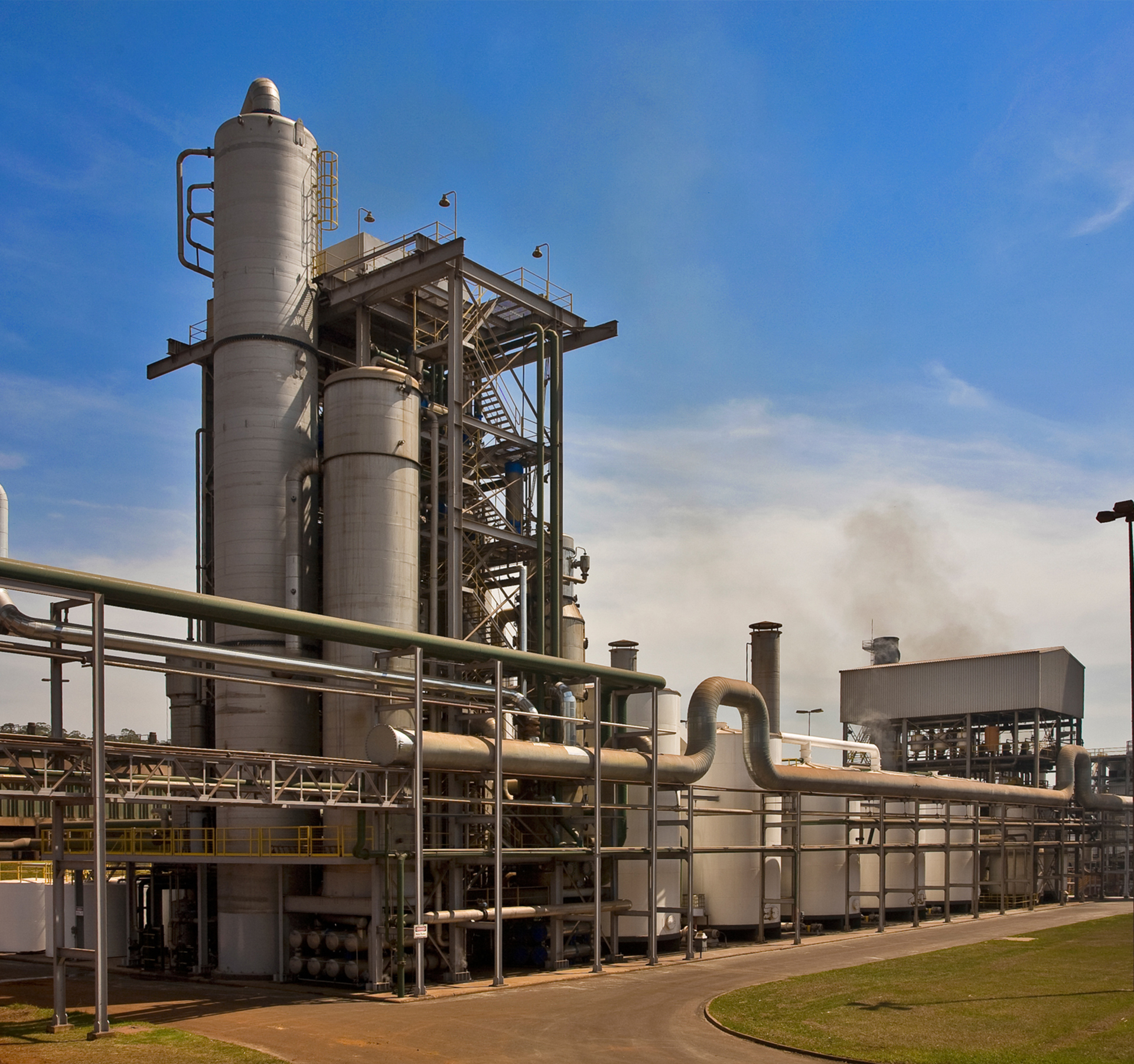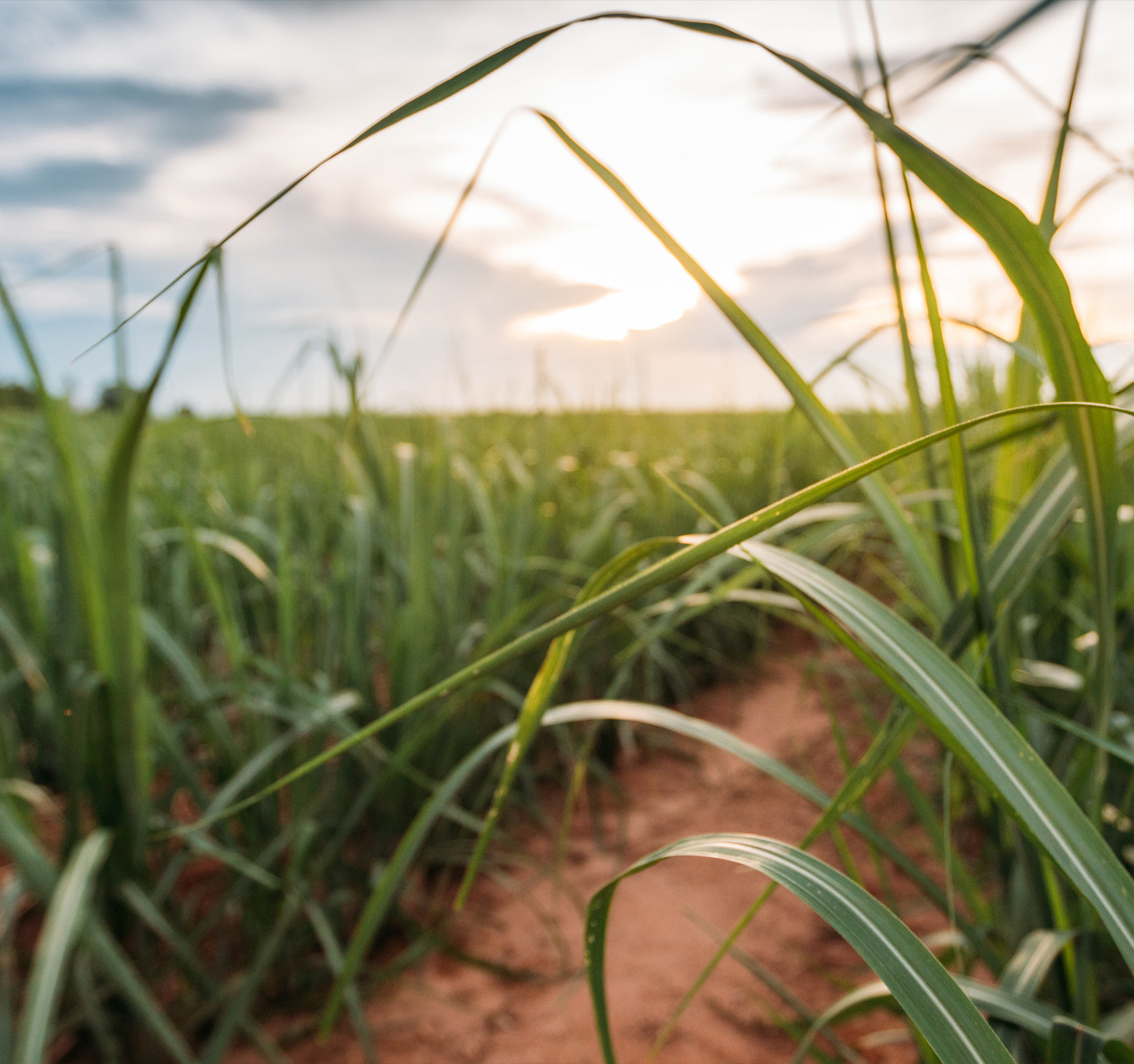
India is making good progress, guided by its National Biofuel Policy
India’s National Biofuel Policy (NBP), introduced in 2018, aims to promote, develop and utilize domestic feedstock for biofuel production – a move that is expected to increasingly replace fossil fuels with biofuels, thereby contributing to national energy security, climate change mitigation, pollution reduction, improved health conditions and the sustained creation of employment opportunities.
As a part of the Ethanol Blended Petrol (EBP) programme, mills were allowed to produce ethanol from B Molasses and sugarcane juice. An indicative target was set for 20% blending of ethanol in petrol and 5% blending of biodiesel in diesel by the year 2030. In 2020, this target was sharpened to 10% ethanol-blending by 2022 (10% of ethanol mixed with 90% of petrol) and 20% by 2030.
In January 2021, India advanced the target of achieving 20% ethanol-blending with petrol by five years to 2025. Achieving this will require around 12 billion liters of alcohol/ethanol. For this harvest season, the sugar industry plans to divert 6 million tonnes of surplus sugar to produce around 7 billion liters of ethanol, while the remaining 5 billion liters will be produced from excess grain.

Tripartite Agreement for ethanol production
In 2020, sugar mills, oil marketing companies (OMCs) and banks entered into a tripartite agreement, which allows sugar mills to get loans on the basis of committed purchases of ethanol by OMCs. The agreement helps mills’ liquidity and promotes ethanol supplies, by enabling them to set up new distilleries or expand the existing facilities to manufacture ethanol.

